-
PHP Tutorial
- php-tutorial
- install-php
- php-code
- php-echo
- php-print
- php-echo-vs-print
- php-variable
- php-variable-scope
- php-$-and-$$
- php-constants
- php-magic-constants
- php-data-types
- php-operators
- php-comments
Control Statement
- php-if-else
- php-switch
- php-for-loop
- php-foreach-loop
- php-while-loop
- php-do-while-loop
- php-break
- php-continue
PHP Programs
PHP Functions
- php-functions
- parameterized-function
- php-call-by-value
- php-call-by-reference
- php-default-arguments
- php-variable-arguments
- php-recursive-function
PHP Arrays
PHP Strings
PHP Math
PHP Form
PHP Include
State Management
PHP File
Upload Download
PHP Misc
- require_once
- include_once
- mvc-architecture
- php-vs.-javascript
- php-vs.-html
- php-vs.-node.js
- php-vs-python
- phpstorm
- php-pdo
- top-10-php-frameworks
- phpmyadmin
- count-all-array-elements
- create-newline
- get-current-page-url
- remove-first-element-from-array
- remove-last-element-from-array
- change-date-format
- get-ip-address
- php-mysql-login-system
- var_dump()-function
- php-regular-expressions
- preg_match()-function
- preg_replace()-function
- isset()-function
- print_r()-function
- types-of-errors-in-php
- display-all-errors
- php-error_reporting
- php-header()
- php-unset()-function
- get-post-methods
- form-validation
- exception-handling-in-php
- php-try-catch
- php-pagination
- what-is-a-website
- how-to-make-a-website
- how-to-cite-a-website-in-apa-format
- how-to-cite-a-website-in-mla-format
- how-to-download-video-from-the-website
- php-array_push
- break-vs-continue-in-php
- how-to-install-composer-on-windows
- phpmyadmin-login
- php-alert
- creation-of-custom-php.ini-file-in-cpanel
- downgrade-php-7.4-to-7.3-ubuntu
PHP Mail
PHP MySQLi
- mysqli-connect
- mysqli-create-db
- mysqli-create-table
- mysqli-insert
- mysqli-update
- mysqli-delete
- mysqli-select
- mysqli-order-by
PHP JSON
PHP OOPs Concepts
- oops-concepts
- oops-abstract-class
- oops-abstraction
- oops-access-specifiers
- oops-const-keyword
- oops-constructor
- oops-destructor
- abstract-vs-class-vs-interface
- encapsulation
- final-keyword
- oops-functions
- oops-inheritance
- oops-interface
- oops-overloading
- oops-type-hinting
PHP Topics
- compound-types
- is_null()-function
- special-types
- php-boolean
- inheritance-task
- php-encryption
- two-way-encryption
- heredoc-syntax
Related Tutorials
- mysql-tutorial
- wordpress-tutorial
- codeigniter-tutorial
- yii-tutorial
- laravel-tutorial
- magento-2-tutorial
Interview Questions
Introduction to PHP PDOPHP is an open-source general-purpose scripting language, which is widely used for creating dynamic and interactive web pages. PHP can access a large range of relational database management systems such as MYSQL, SQLite, and PostgreSQL. The PHP 5.1 version offered a new database connection abstraction library, which is PHP Data Objects (PDO). What is PDO?PDO refers to PHP Data Object, which is a PHP extension that defines a lightweight and consistent interface for accessing a database in PHP. It is a set of PHP extensions which provide a core PDO class and database-specific driver. Each database driver can expose database-specific features as a regular extension function that implements the PDO interface. Note: We cannot perform any type of database function by using the PDO extension itself. To access a database server, we must use a database-specific PDO driver.PDO mainly focuses on data access abstraction rather than database abstraction. It provides data-access abstraction layer, which means, regardless of which database we are using, we have to use the same functions provided by that database to issue queries and fetch data. PDO does not provide data abstraction, as it does not rewrite the SQL or emulate missing features. Advantage of PDOPDO provides various ways to work with objects and retrieves prepared statements that make work much easier. It is a database access tool in PHP through which we enable uniform access across several databases. PDO allows comparatively seamless switching between different databases and platforms, which can be easily done by changing the connection string. It does not support database-specific syntaxes. There are some advantages of PDO as follows:
Benefits of using PDOPDO is the native database driver. There are some benefits of using PDO that are given below:
PDO ClassesThere are three PDO classes, which are given below:
Databases supported by PDO
Comparison between PDO and MySQLiTo access the database by using PHP, we have mainly two options - MySQLi and PDO (PHP Data Object). MySQLi is a native for PHP that provides faster performance, whereas, most of the experienced developers prefer to work with PDO as it supports a wide variety of database drivers. There are some differences between PDO and MySQLi listed below based on their features.
Which should be preferred between PDO or MySQLi?Both PDO and MySQLi have their own advantages:
RequirementThere is no need of external libraries to build this extension. Installation ProcessStep 1: Download the latest XAMPP server from here https://www.apachefriends.org/download.html for different platforms like Windows, Linux, and MacOS. 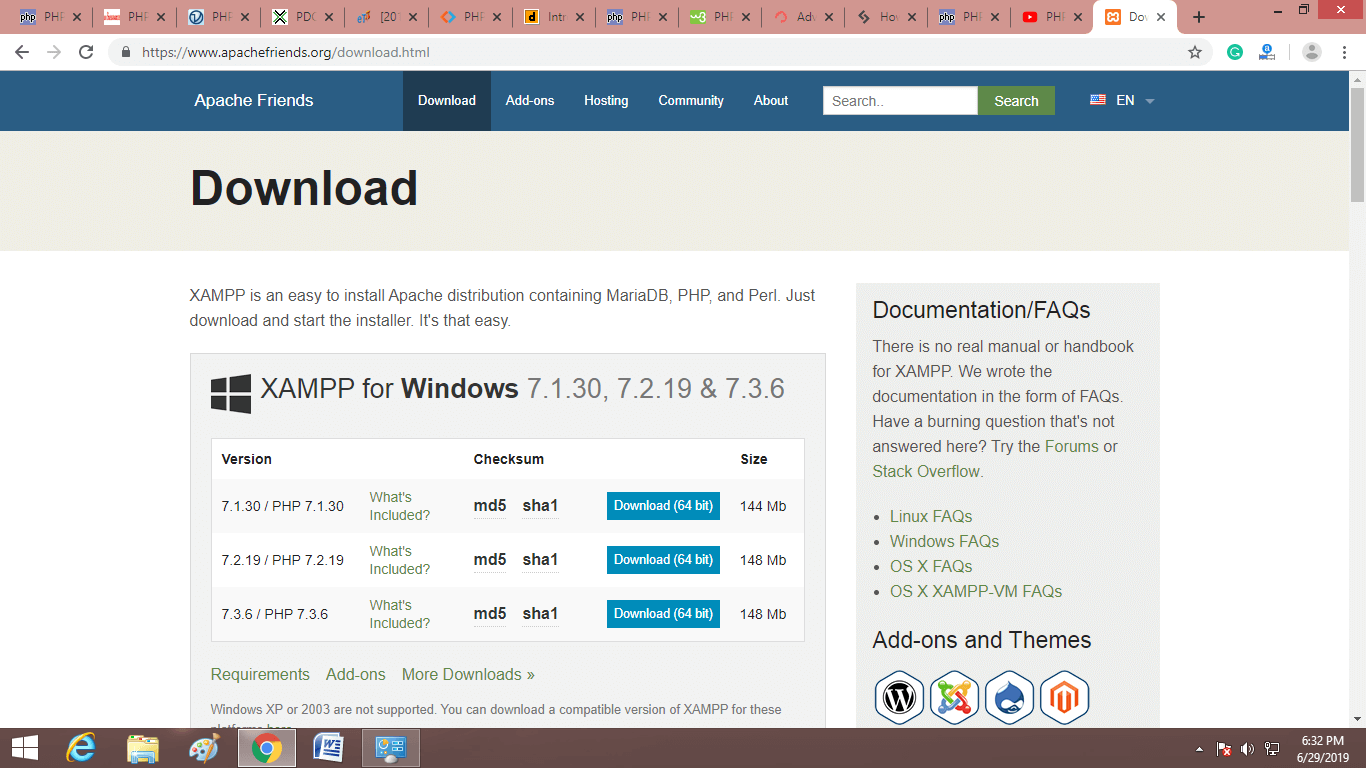 Note: Here we will discuss the installation process for Windows OS only.Step 2: Install the XAMPP Server on your system by following these steps. 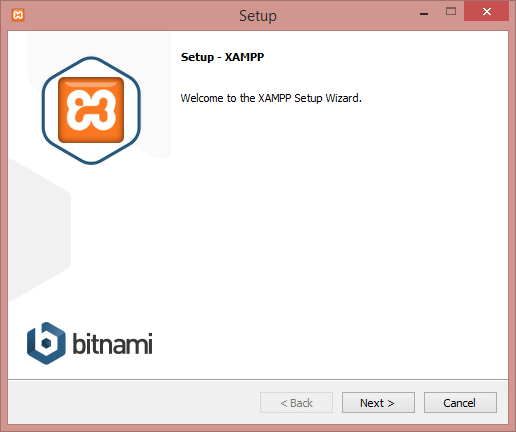 Step 3: Select the components which you want to install and click on the Next button. 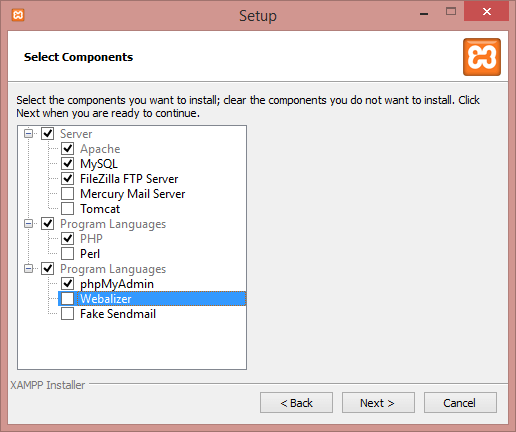 Step 4: Create the new folder with the name xampp at the location where you want to install XAMPP. 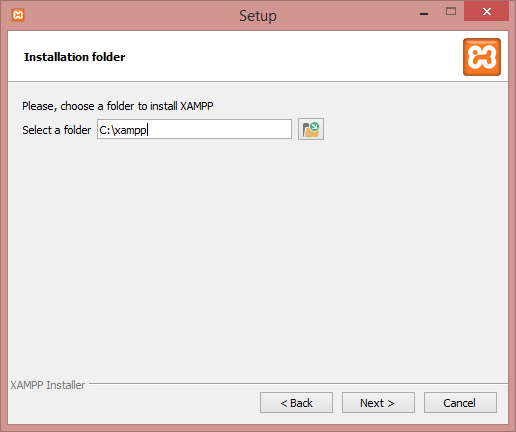 Step 5: Click on Next here and move forward. Installation of the XAMPP server will start from here. 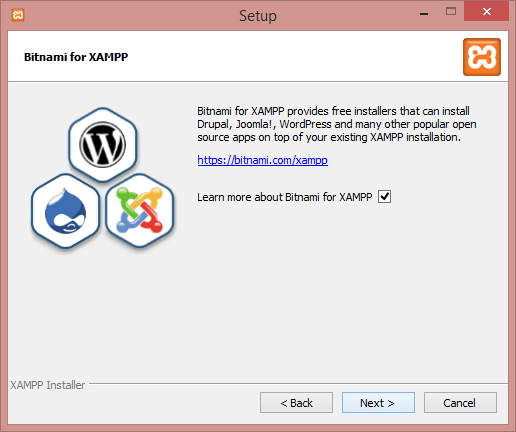 Step 6: XAMPP is installed successfully. Click on Finish button. 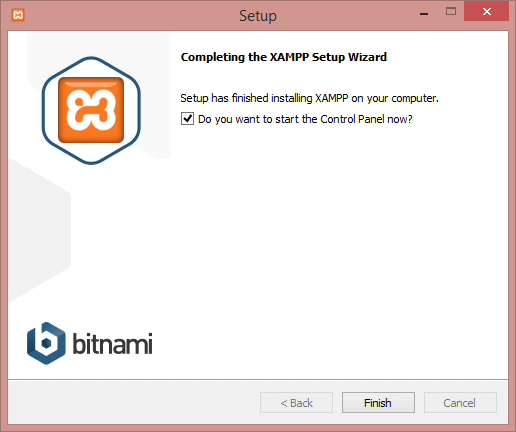 Step 7: Select the preferred Language. 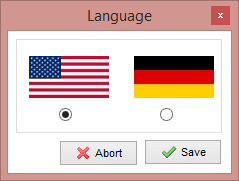 Step 8: Run the Apache server and MySQL from here (as per the given screenshot). 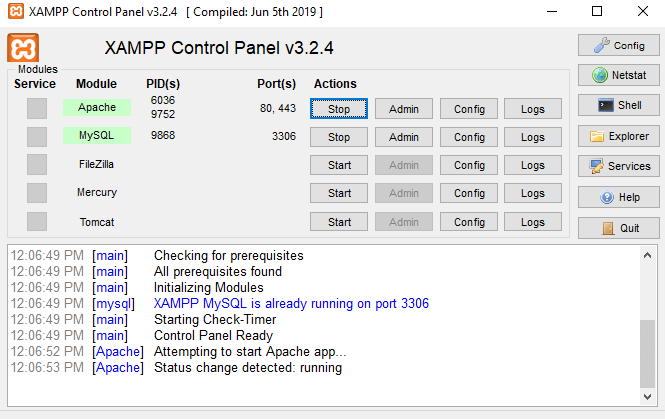 Step 9: Now, open php.ini from C:/xampp/php/php.ini (where you have installed your XAMPP) and uncomment the extension "php_pdo_mysql.dll" and "php_pdo.dll" (if you are working with MySQL database), or "php_pdo_oci.dll" (if you are working with Oracle database). Now, start working with the database. In PHP 5.1 upper version, it is already set. Working with PDOFirstly we need to create a database, so create a database by name myDB from here. 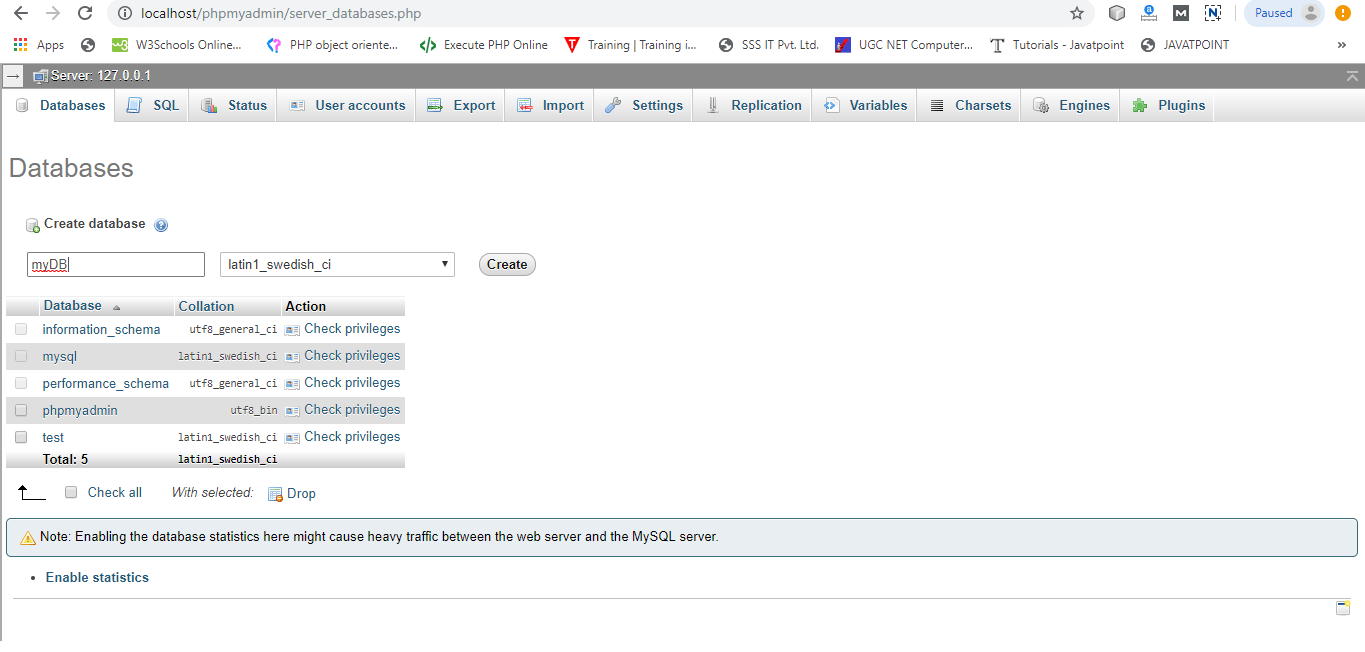 Database ConnectionA database connection is always required to interact with the database. So, we need to know the identifier to access database, i.e., location of the database, database name, username, and password. Now, create the database connection program using PDO in any text editor such as notepad or notepad++ and save it by coonection.php name. Run it on XAMPP server using localhost/80. ExampleOutput Run it on the server using following URL localhost/Xampp/pdoexample/connection.php/ or where you have saved your program.  Handling Connection ErrorA PDOException object will be thrown if there is any connection error. We may catch the exception if we want to handle the error condition, or we can also leave it to global exception handler which can be set up by set_exception_handler() function. ExampleIn this example, dbUser(user-id) is wrong, so it will throw an exception, as we can see in the output.  Closing the database connectionOutput 
Next TopicPHP Tutorial
|